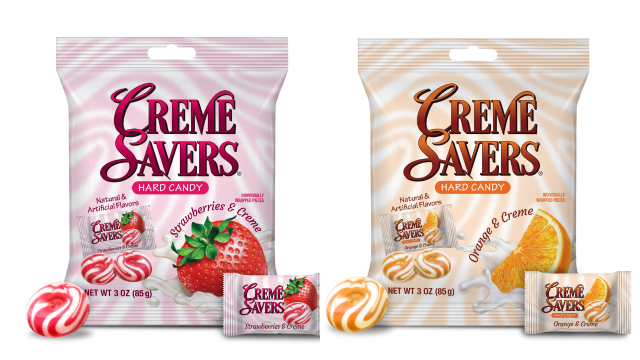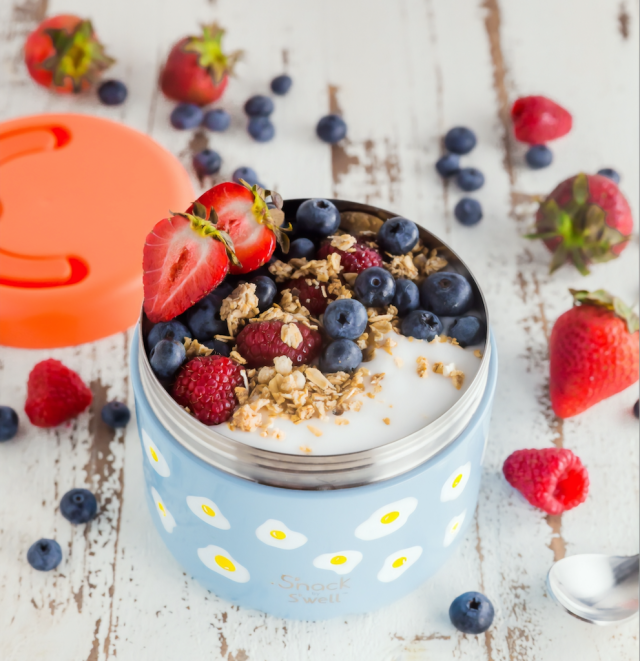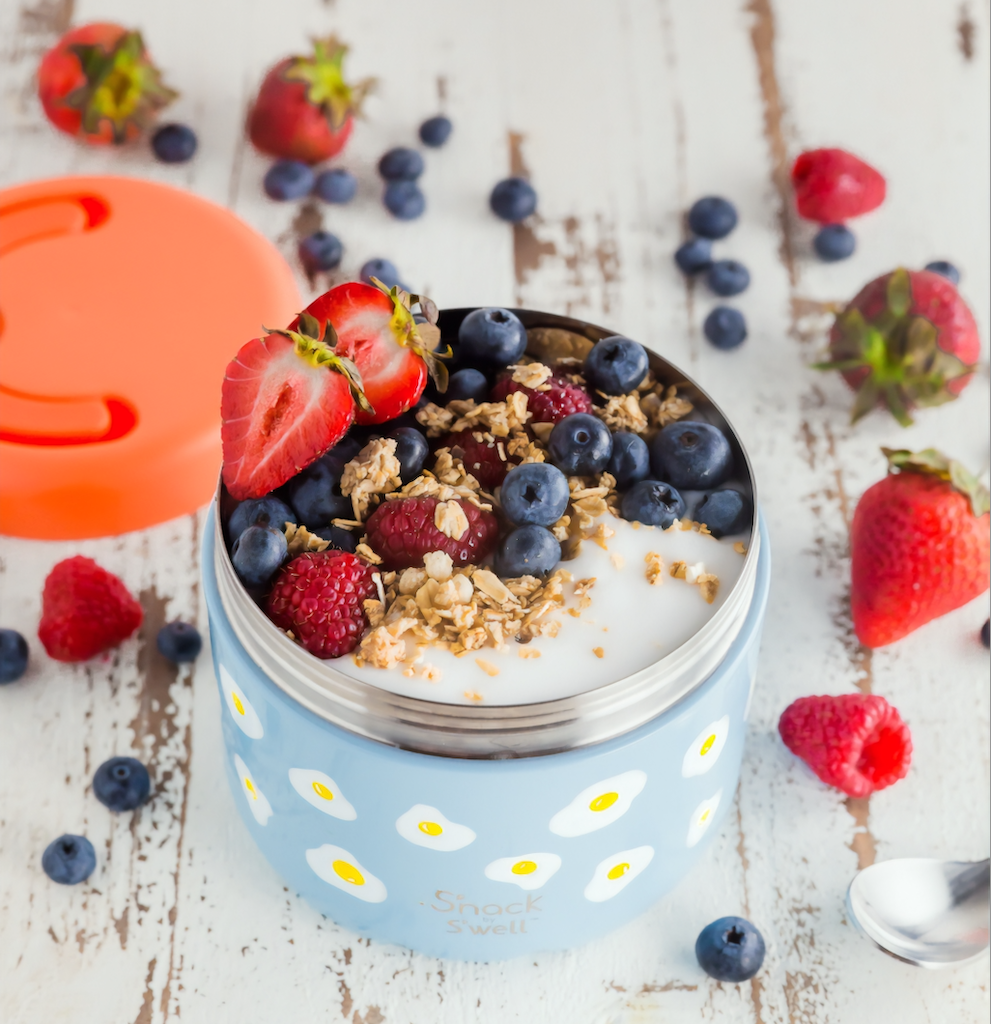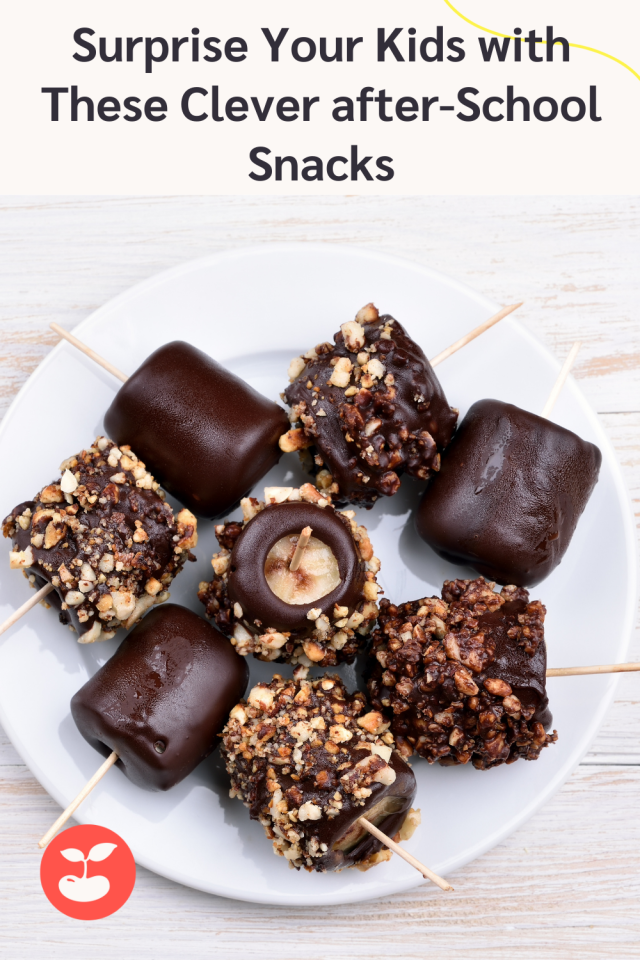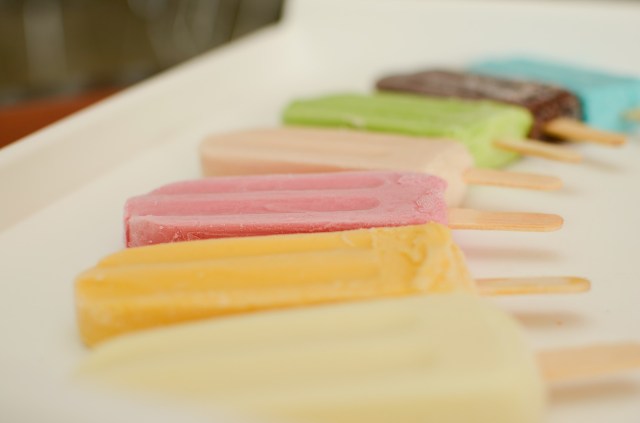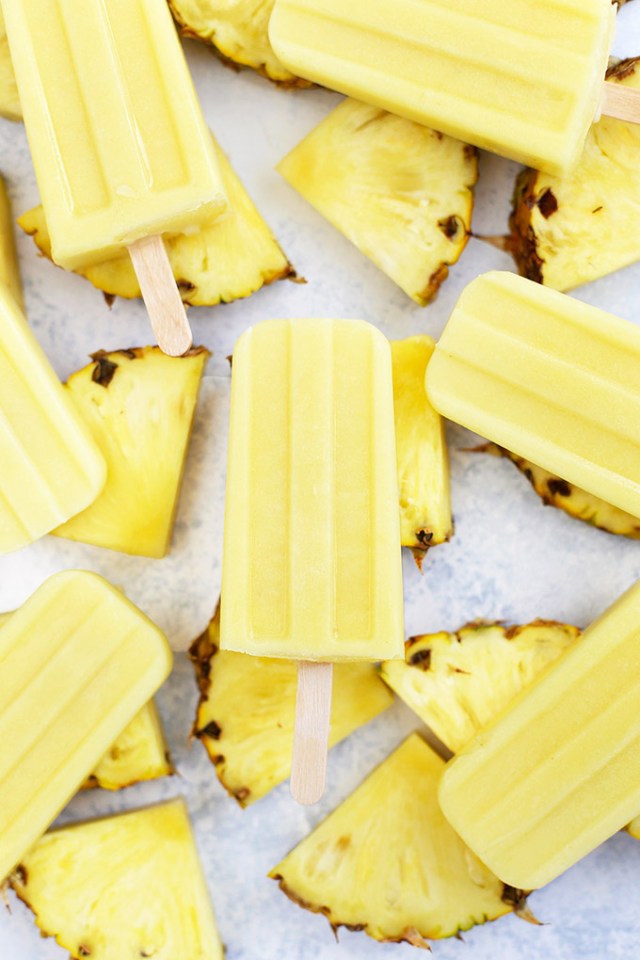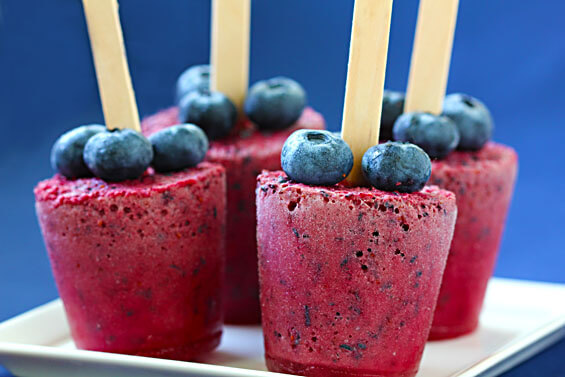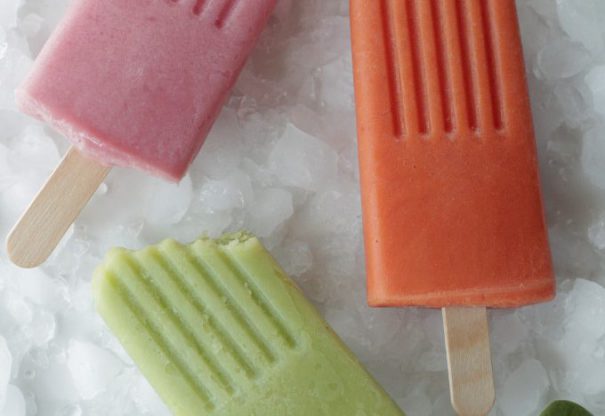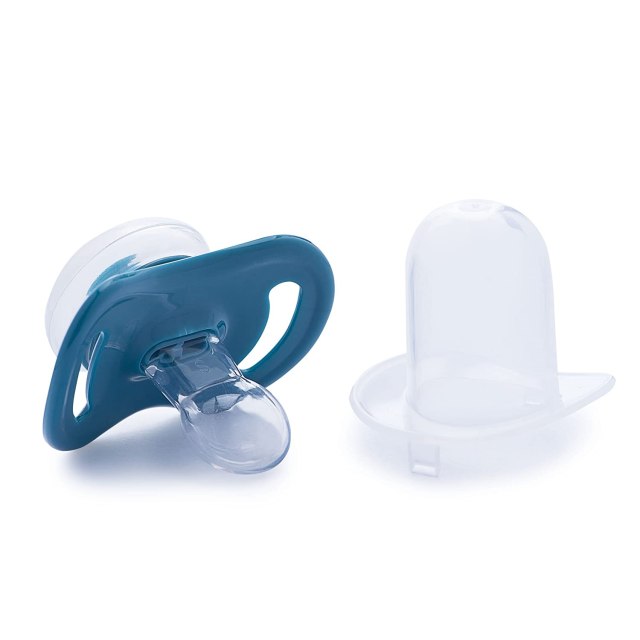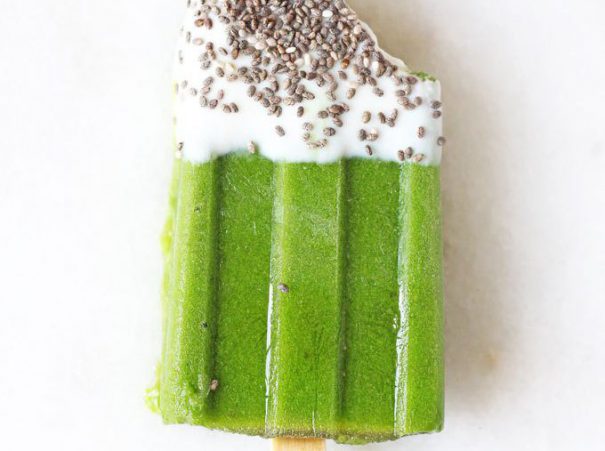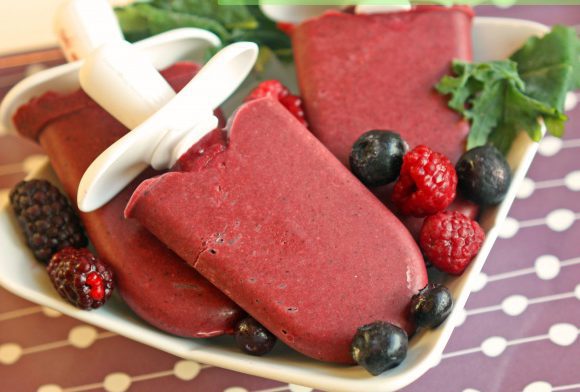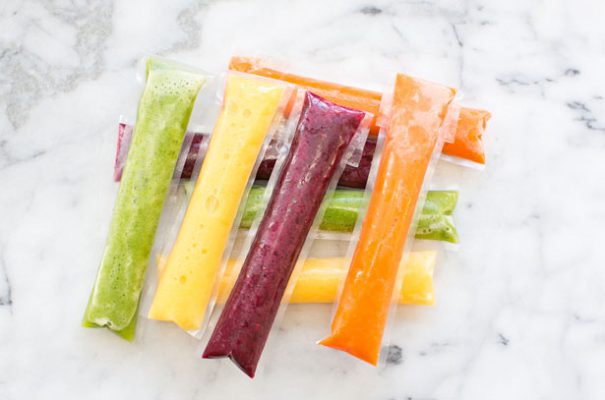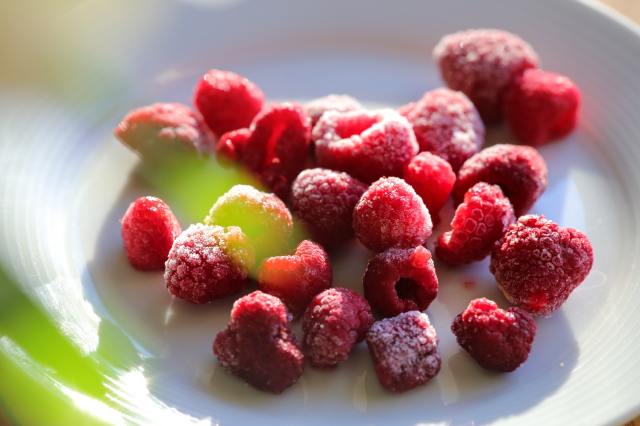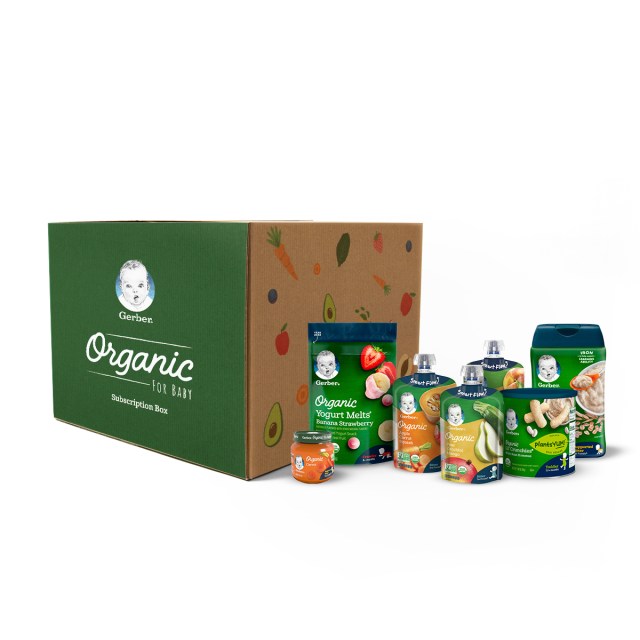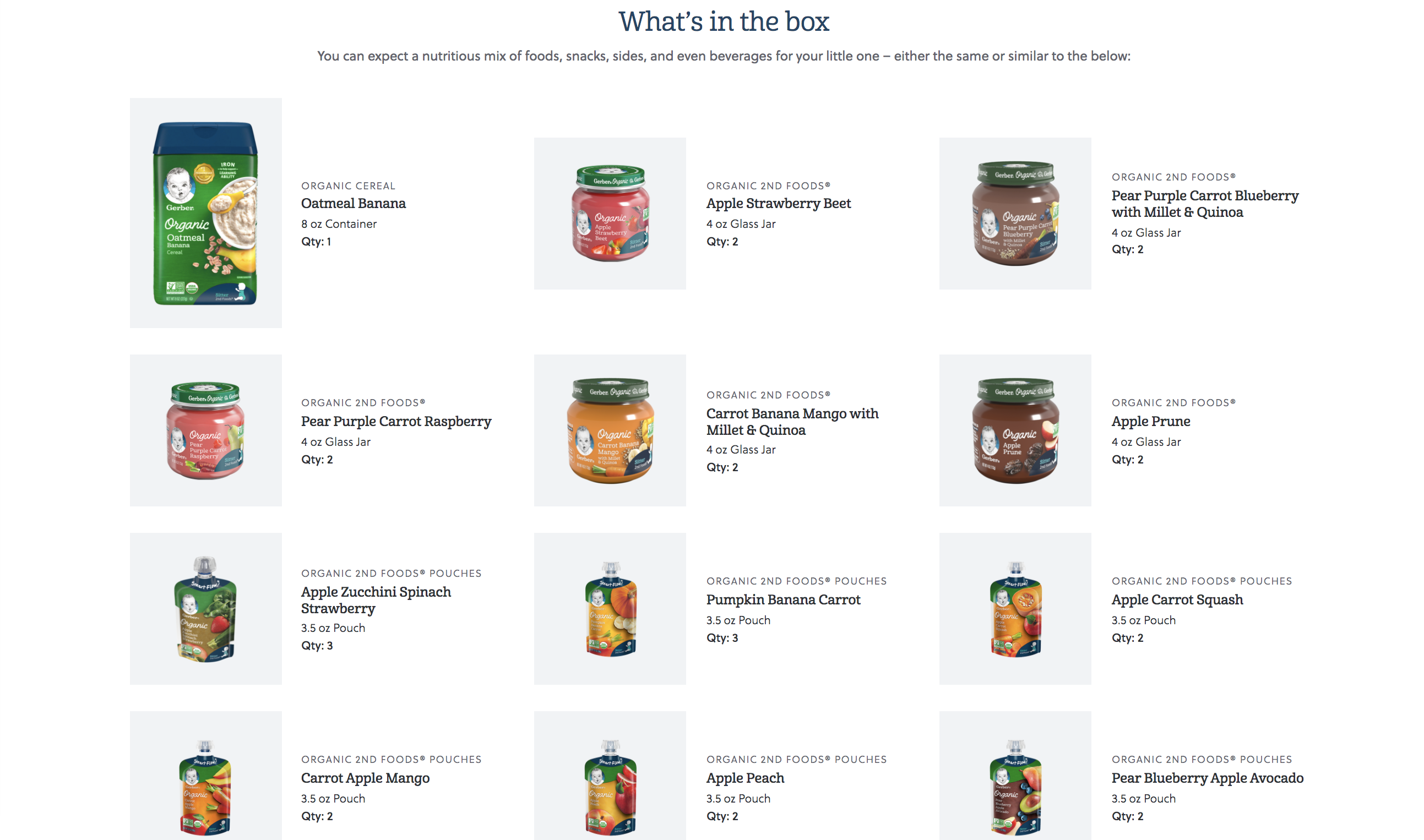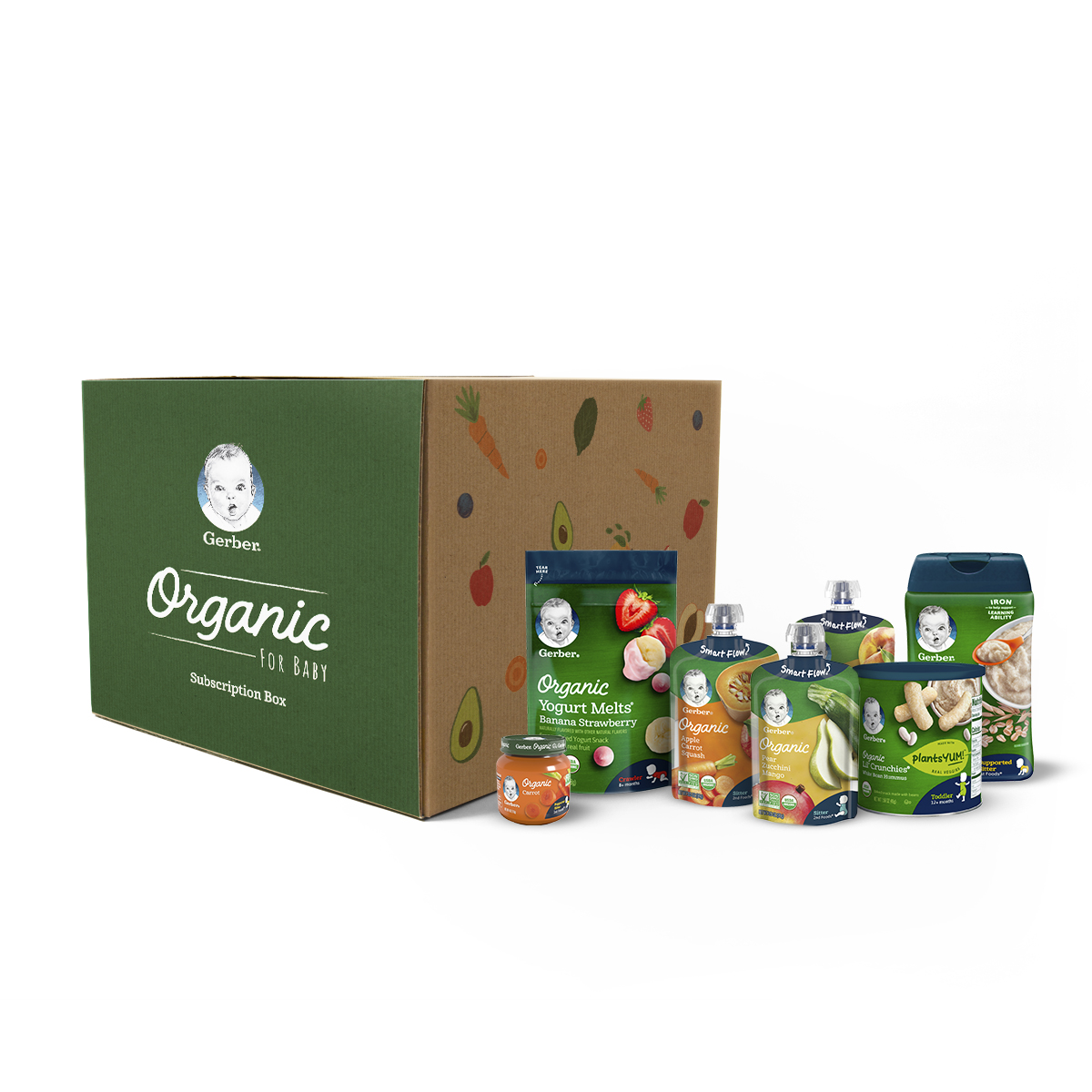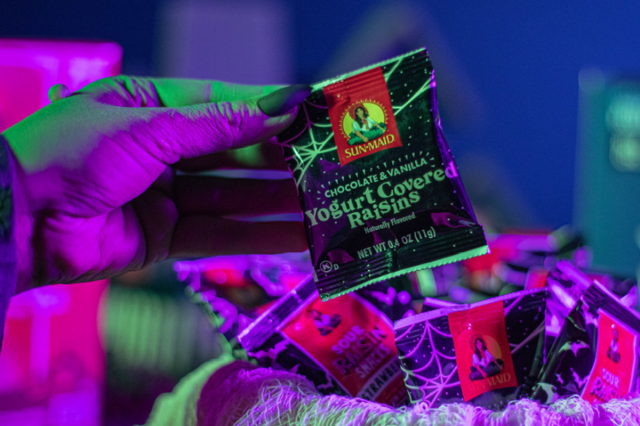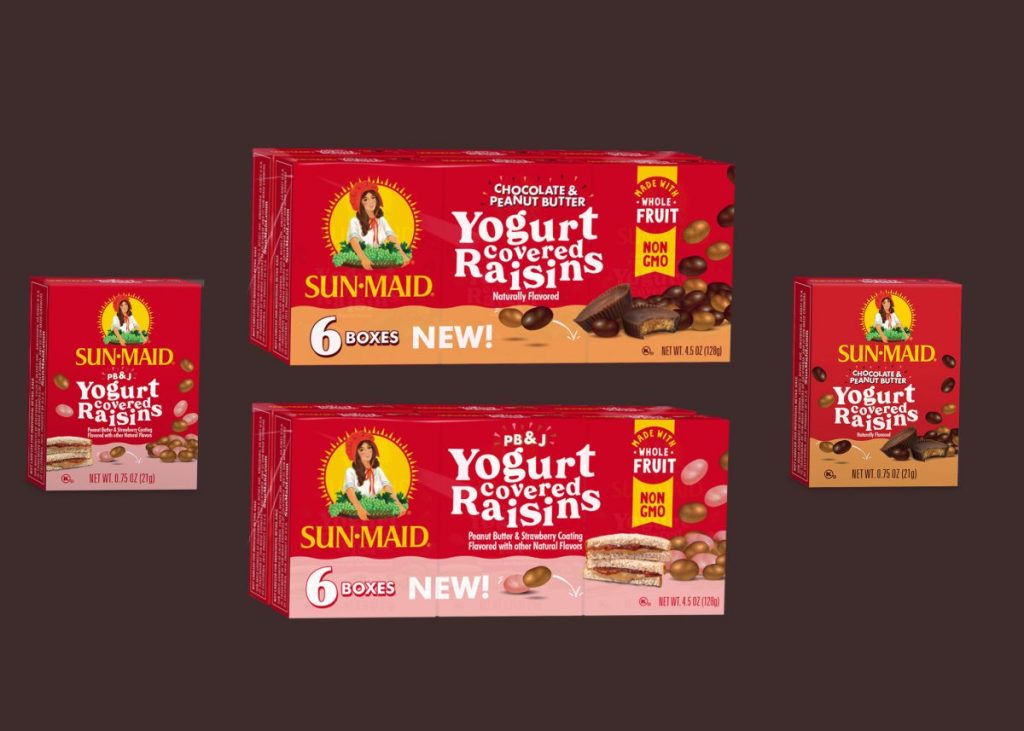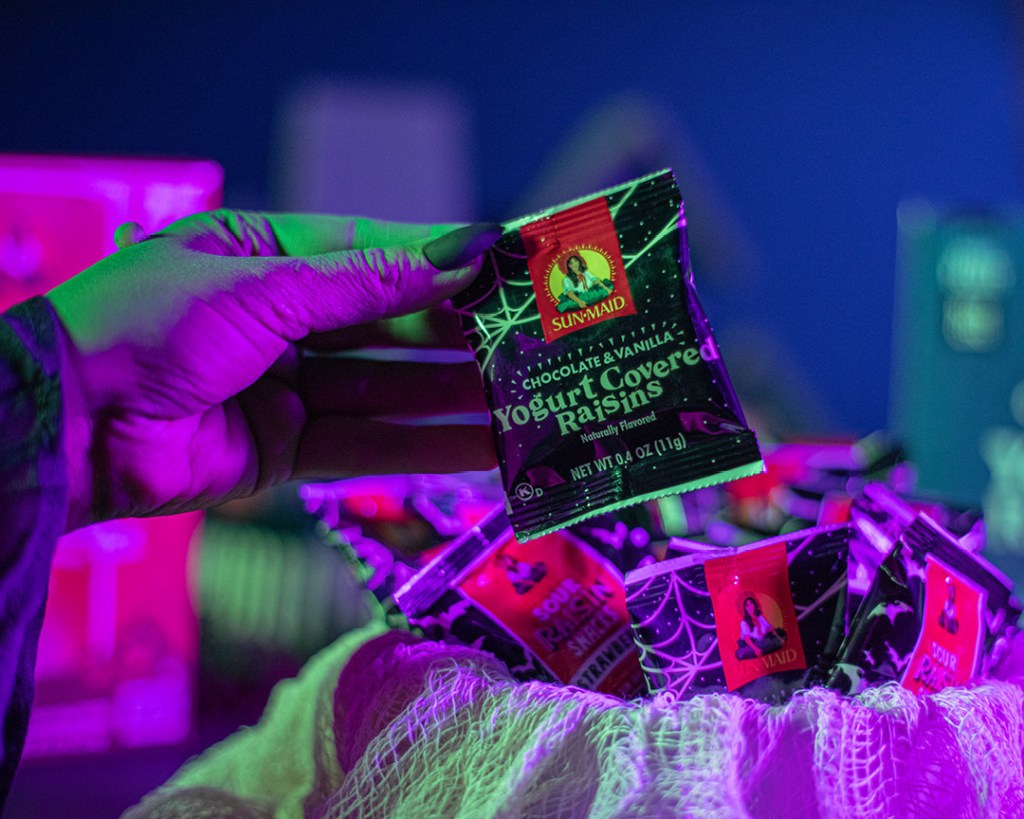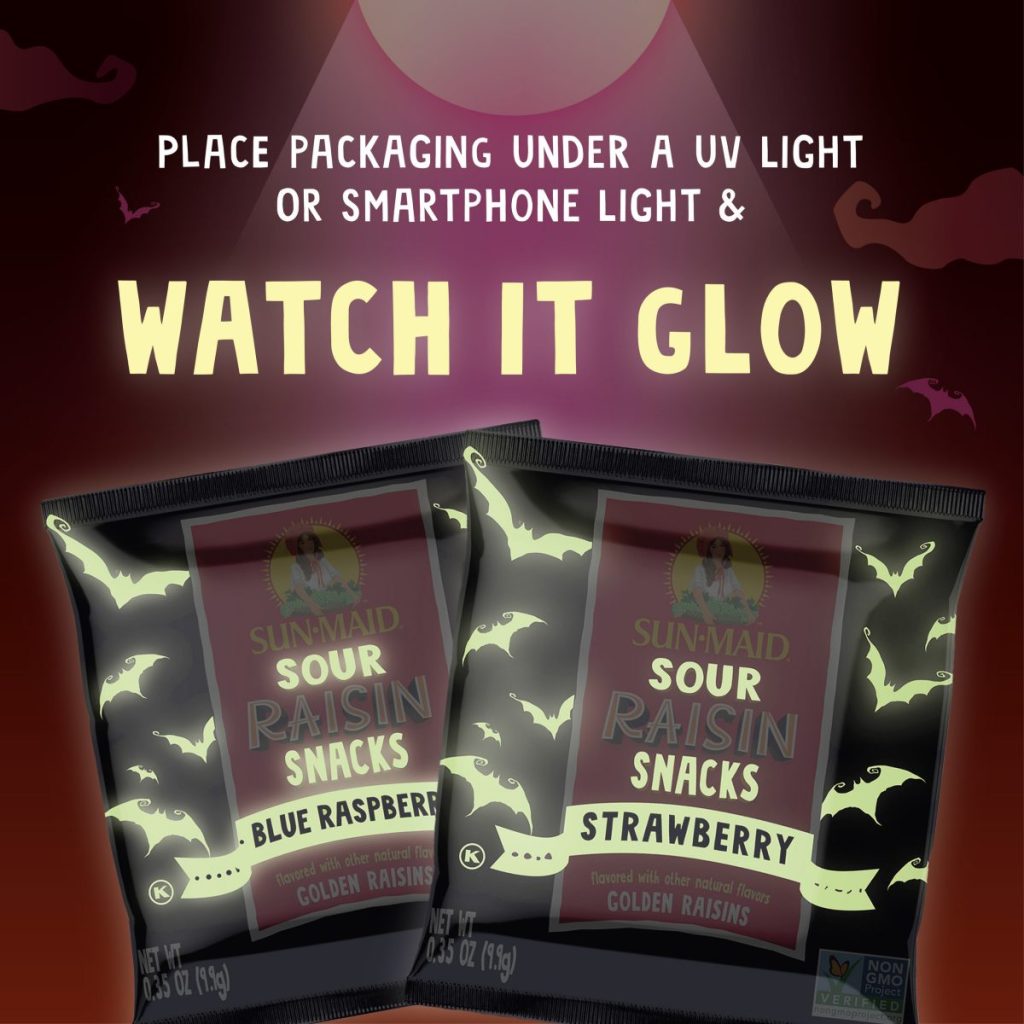We’ve all been there: all set to bust out your favorite recipe or do some baking with the kids and you find yourself short on a key ingredient. Whether you’re looking for a baking soda substitution or you are in need of an egg substitution, or it’s just not practical (or safe) to go to the store, we’ve got a handy list for those just-in-case moments.

photo: cottonbro via Pexels
Baking powder: The following are equal to 1 tsp. baking powder.
1/4 teaspoon of baking soda + 1/2 teaspoon of cream of tartar
1/2 cup plain yogurt + 1 tsp. baking soda. Mix dry ingredients together first before adding yogurt. dded to dry ingredients. (Reduce amount of water or other liquids).
1/2 tsp. lemon juice + 1/4 tsp. baking soda.
1/4 cup of molasses + 1/4 tsp. baking soda.
1/2 tsp. vinegar + 1/4 tsp. baking soda.
Baking soda:
Baking powder at a 3x ratio (i.e. 3 tsp. baking powder = roughly 1 tsp. baking soda).
Brown sugar:
1 cup white sugar + 1 tbsp. maple syrup or molasses
Maple syrup, agave nectar or molasses at the ratio of 2/3 cup liquid to 1 cup of brown sugar. Reduce your other liquids in the recipe by 1/4 cup each.
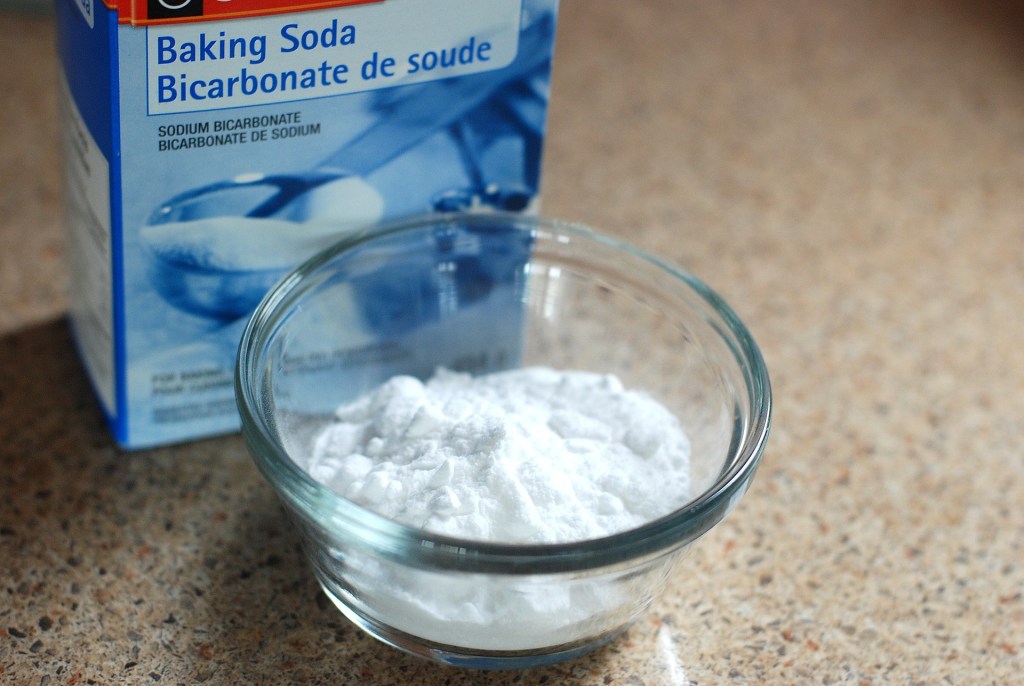
photo: evita ochel via Pixabay
Butter: The following are the equivalent to 1 cup of butter:
1 avocado (mashed)
1/2 cup applesauce
1/2 cup pumpkin puree
3/4 cup vegetable oil
1/2 cup buttermilk
1 cup coconut oil
Buttermilk:
Add one tbsp. of white vinegar or lemon juice to 1 cup of milk.
Cake flour:
Add cornstarch to flour as follows: 1 cup of flour minus 2 tbsps. Sub in 2 tbsp. of cornstarch. Sift together well.
Cornstarch:
As a thickener, you can add in flour in place of cornstarch at a 3 to 1 ratio (3 tbsp. flour = 1 tbsp. cornstarch).
In baking you can substitute arrowroot powder on an even basis, but it’s not a very common ingredient.
Cream of tartar:
1 tsp. white vinegar or lemon juice for every 1/2 tsp. of cream of tartar

Egg: You won’t believe the things you can swap for an egg in recipes! The following are equal to one egg in a recipe:
1/4 cup of applesauce, avocado or pumpkin puree. (Go! Go! Squeeze to the rescue.)
1/2 of a medium-sized banana, mashed.
Baking soda + vinegar: 1 tsp. of baking soda to 1 tbsp. of vinegar
Chia or flax seeds, processes to a 1 tbsp. of powder. Mix with 3 times the water, use warm water and let it sit for several minutes.
1/4 cup of pureed tofu.
3 1/2 tablespoons of an gelatin blend made by using 2 tsps. of unflavored gelatin to 1 cup of boiling water.
Pectin: 1-2 tsps added directly to your mix.
3 tbsp. of nut butter.
1/4 mashed potatoes or 2 tbsp of (rehydrated) instant mashed potatoes.
1 tbsp. vegetable oil + 2 tbsp. water + 2 tsp. baking powder.
Aquafaba, aka bean water! This is the liquid leftover from canned beans. Use 3 tbsp. per egg. This is great to sub for whipped meringues or when a recipe calls for egg whites.
Flour:
It’s Pretty hard to sub out flour, but you can create your own flour from dried oats if you powder them. Other flours, such as almond flour or coconut flour, can be used on a 1 to 1 ratio but don’t expect the same results. Liquids bind differently with these flours, so if possible try for a half regular/half alternative flour recipe.
Half and half or heavy cream:
Add 2 tbsp. of cornstarch to regular milk.
Melt 1/4 cup butter into 3/4 cup regular or skim milk.
Lemon/lemon juice:
You can sub in vinegar, orange juice, lime juice or white wine in place of lemon juice.
Powdered sugar:
DIY your own powdered sugar by putting regular (castor) sugar into a food processor until it’s…well…powdered!
Sour cream:
Add 1/4 cup vinegar or lemon juice to yogurt.
Yeast:
There isn’t really a great substitute for yeast, but in a pinch you can try using equal parts baking soda + vinegar (or another acid like lemon juice) to create a leavening effect.

photo: calum lewis via Unsplash
Other Clever Substitutions
Sub a little of your water for vodka and your pie crust somehow comes out flakier. And now you have an almost-full bottle of vodka on hand. Just sayin…
If you run out of food coloring, Use Jello to tint decorative icing.
—Amber Guetebier
featured image: Gustavo Fring via Pexels
RELATED STORIES
41 Life-Changing Baking Hacks You Need in Your Life






